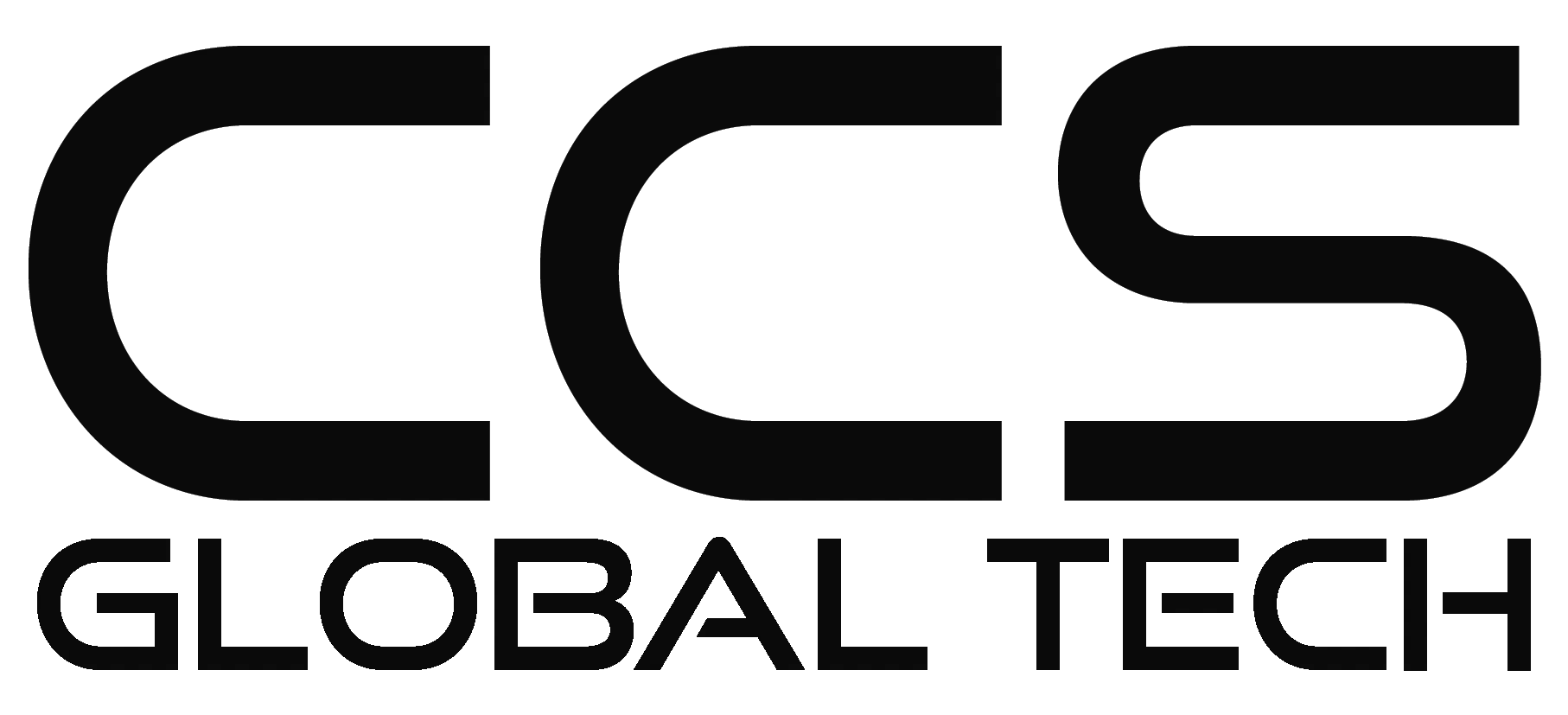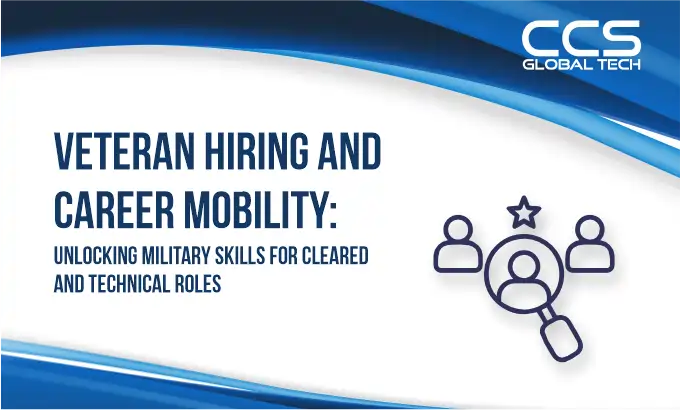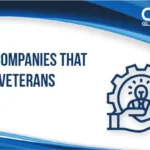Last week, we watched a hiring manager reject a Navy cryptographer for a cybersecurity role because “military experience doesn’t translate to enterprise security.”
Three days later, that same veteran accepted an offer with their competitor, for $40,000 more than the original position paid.
Six months from now, that hiring manager will be calling us, desperate to fill the same role, wondering why they can’t find qualified candidates.
This scenario plays out dozens of times every month, and it reveals the most expensive hiring mistake in the cleared talent market: Organizations are passing up the largest pool of security-cleared, mission- tested talent in America because they don’t know how to evaluate military experience.
Here’s what’s actually happening while you’re overlooking veteran candidates: Your competitors are building teams of professionals who’ve already proven they can handle classified information, work under pressure, and deliver results when failure isn’t an option.
The $50 Billion Blind Spot
Let’s talk numbers that should reshape your talent strategy:
Nearly 8 million veterans reside in the U.S., with many holding or eligible for security clearances. Approximately 200,000 service members transition from military service to civilian life each year. That’s 200,000 potential candidates with security experience, leadership training, and technical expertise entering the job market annually.
Meanwhile, organizations are spending months trying to fill cleared positions, paying premium rates for contract staff, and watching projects stall because they can’t find qualified talent.
The disconnect: The talent exists. The demand exists. But most hiring processes are designed to exclude the very candidates who could solve the problem.
The Translation Problem That's Costing You Talent
Here’s where most veteran hiring strategies fail catastrophically: They focus on translating military titles instead of recognizing military capabilities.
We’ve seen hiring managers dismiss candidates because they don’t understand that “managing tactical communications for a 500-person battalion” is actually more complex than most civilian network administration roles. Or that “coordinating drone operations and intelligence gathering” requires exactly the kind of systems thinking and analytical skills they’re desperately seeking for cybersecurity positions.
The real issue: Your HR teams are screening out candidates based on job titles while missing candidates who’ve been doing the actual work under conditions your civilian hires will never face.
What Military Experience Actually Translates To?
Let’s decode some military experience for hiring managers who are missing obvious wins:
Military Communications Specialist = Network administrator who’s maintained connectivity in hostile environments where downtime wasn’t an option.
Intelligence Analyst = Data analyst who’s made life-or-death decisions based on incomplete information under time pressure.
Cybersecurity Specialist (Military) = Security professional who’s defended against actual nation-state attacks, not just theoretical ones.
Project Manager (Military) = Someone who’s managed complex, multi-stakeholder initiatives where failure had real consequences.
The difference? Your veteran candidates have been stress-tested in ways civilian candidates never will be.
The Clearance Advantage You're Ignoring
Here’s something that should fundamentally change how you think about veteran hiring: Many veterans don’t just qualify for security clearances, they’ve been successfully maintaining them for years.
While your civilian candidates are waiting 12-18 months for clearance processing, veteran candidates are often ready to start contributing immediately. According to LinkedIn’s Veteran Opportunity Report, veterans are 27% less likely than non-veterans to leave their first civilian job within six months.
Translation: You’re getting lower turnover, immediate clearance capability, and proven performance under pressure. Yet somehow, this talent pool is still undervalued in most hiring strategies.
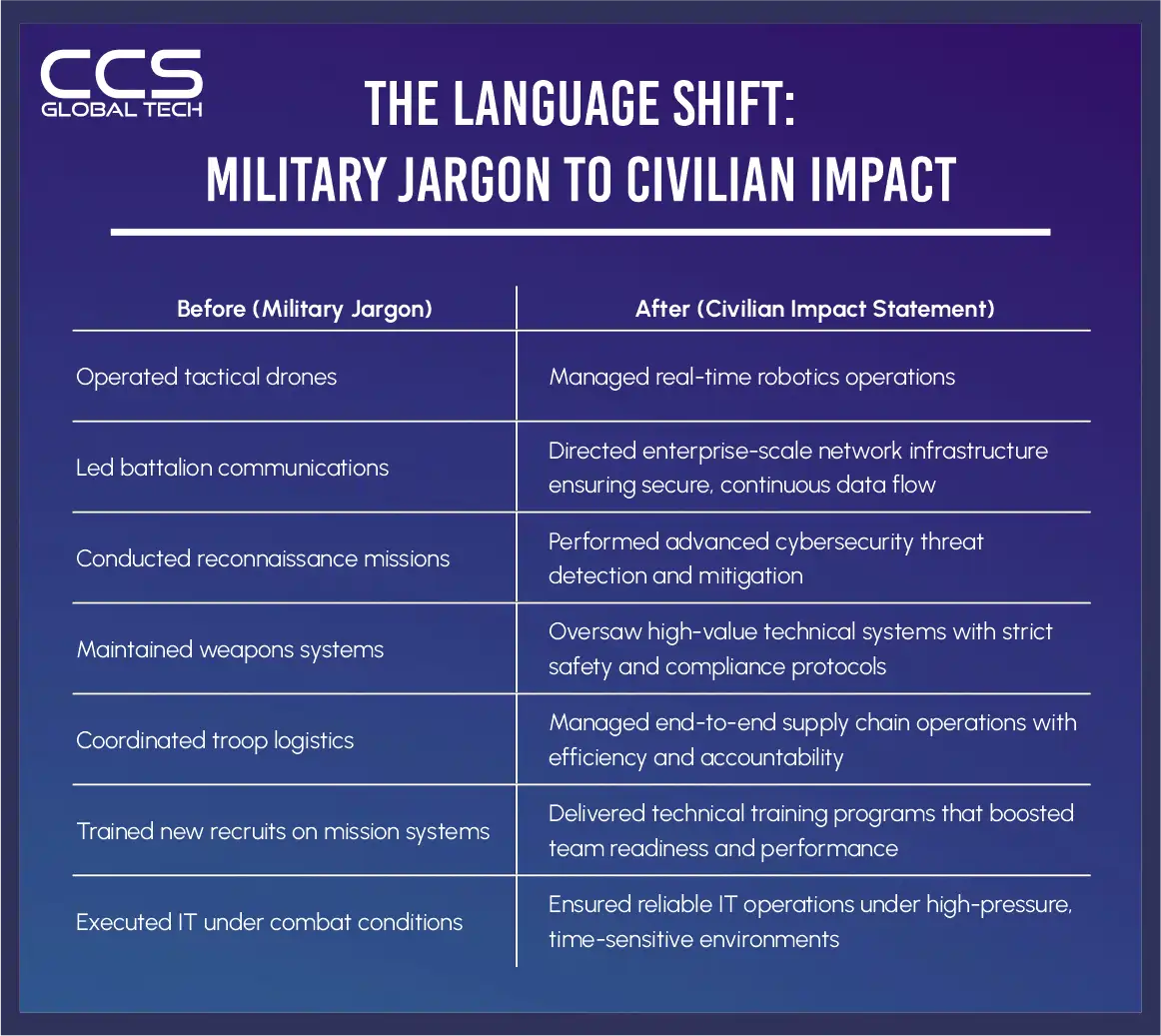
The Skills-Based Hiring Revolution Veterans Are Leading
The shift toward skills-based hiring isn’t just good for veterans, veterans are proving why it works better than traditional credentialing approaches.
Real example: A former Air Force avionics technician we placed as a robotics engineer had no formal engineering degree but had been troubleshooting complex electronic systems in high-stakes environments for eight years. Within six months, they were leading innovation projects for autonomous defense systems.
The lesson: While other organizations were requiring specific degrees and certifications, the smart hiring manager focused on demonstrated capability and problem-solving skills.
The Credentialing Accelerators Smart Organizations Use
Here’s an insider strategy that’s working: Organizations that proactively support veteran credentialing are building talent pipelines their competitors can’t access.
Programs like the Army Credentialing Opportunities On-Line (COOL) offer certifications in cloud computing, cybersecurity, and project management, skills directly transferable to cleared technical roles. The Defense Digital Academy provides technical courses and Career Transition Partnership workshops that bridge military experience with civilian market demands.
The smart play: Partner with these programs to identify and cultivate talent before they hit the open market. By the time exceptional veteran candidates are posting resumes, they’ve already been recruited by organizations that understand their value.
The Cultural Integration Factor Everyone Gets Wrong
Most veteran hiring programs focus on helping veterans adapt to civilian workplace culture. This approach is backwards and missing the real opportunity.
The insight: Veterans thrive in environments that prioritize mission and purpose. They’re more engaged when their civilian roles reflect service values and contribute to meaningful outcomes.
What this means for hiring: Don’t try to change veterans to fit your culture. If your organization has a strong mission focus, emphasize it. If you’re working on projects that matter to national security or public safety, lead with that.
Veterans aren’t looking for jobs, they’re looking for missions worth pursuing.
The Remote Work Reality for Veteran Talent
Here’s a controversial take that’s reshaping veteran hiring: Remote work capabilities are dramatically expanding the veteran talent pool.
Geographic barriers that previously limited veteran hiring are disappearing. Veterans who settled in locations without major defense hubs can now contribute to organizations nationwide. This is particularly powerful for smaller organizations that previously couldn’t compete with major defense contractors for veteran talent.
The competitive advantage: Organizations offering flexible work arrangements are accessing veteran talent that geography-bound competitors miss entirely.
Building Veteran-Centric Hiring That Actually Works
Stop Translating, Start Recognizing
Instead of trying to translate military experience into civilian equivalents, recognize that military experience often exceeds civilian requirements. The question isn’t whether a veteran can do the job, it’s whether the job is challenging enough to keep them engaged.
Skills-Based Assessment Over Credential Checking
Focus on what candidates can do, not what degrees they hold. Military training often provides more practical, hands-on experience than traditional academic programs.
Clearance-First Recruiting
When you have cleared requirements, start with candidates who already hold clearances. This isn’t just faster, it’s often more cost-effective than sponsoring civilian candidates for clearance processing.
Mission-Focused Job Descriptions
Lead with the impact and purpose of the role. Veterans respond to mission-oriented opportunities, not just salary and benefits packages.
The Retention Advantage That Changes Everything
Here’s data that should reshape your cost-benefit analysis of veteran hiring:
Veterans are significantly less likely to leave their positions within the first year compared to civilian hires. This isn’t just about job stability; it’s about return on investment. The time and resources you invest in onboarding and training veterans pay dividends in reduced turnover and increased institutional knowledge.
The math: Lower turnover, faster clearance processing, and proven performance under pressure. The total cost of ownership for veteran hires is often significantly lower than civilian alternatives.
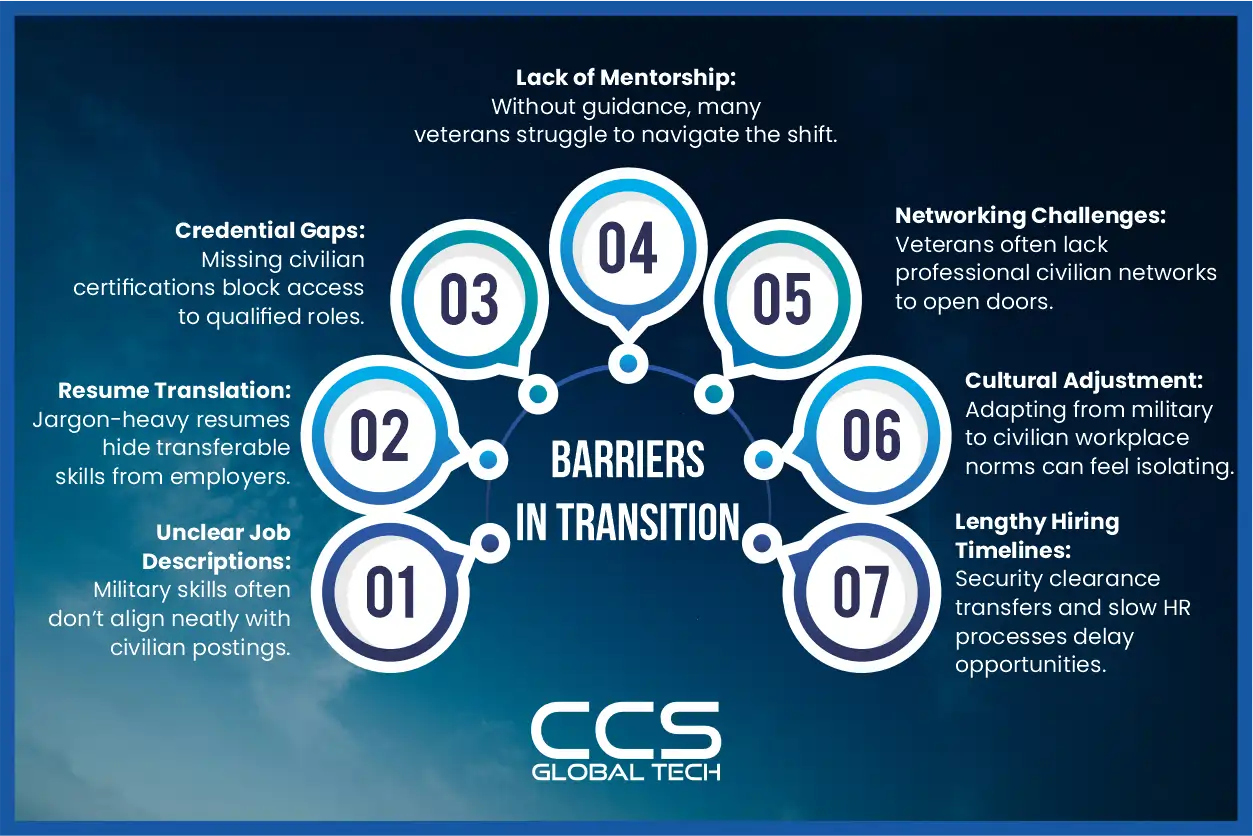
Real-World Success Stories That Prove the Point
A Navy cryptography veteran we placed last year is now leading cybersecurity consulting for multiple federal agencies, strengthening defense postures while mentoring other transitioning veterans. An Air Force avionics technician became a robotics engineer, innovating autonomous defense systems that are being adopted across the military.
The pattern: When organizations properly evaluate and utilize veteran talent, they don’t just fill positions, they gain innovation drivers and culture builders.
Strategic Recommendations for Veteran-Forward Organizations
Immediate Actions:
- Audit your job descriptions for unnecessary degree requirements that exclude qualified veterans.
- Train your hiring teams to recognize military experience equivalencies.
- Partner with veteran transition organizations to build talent pipelines.
- Streamline clearance transfer processes to reduce time-to-productivity.
Long-term Strategic Advantages:
- Build relationships with military transition programs before candidates enter the job market.
- Create veteran mentorship programs that improve retention and cultural integration.
- Develop credentialing partnerships that upskill military experience for specific roles.
- Establish mission-focused career progression paths that align with veteran values.
The Competitive Reality
Organizations that excel at veteran hiring are building competitive advantages that compound over time:
- Faster project delivery through proven leadership and execution capabilities.
- Enhanced security posture through candidates with real-world threat experience.
- Improved team dynamics through military-trained collaboration and communication skills.
- Stronger organizational culture through mission-focused professionals.
Meanwhile, organizations that struggle with veteran hiring are missing talent opportunities and paying premium rates for capabilities that veteran candidates already possess.
The Bottom Line
The cleared talent shortage won’t be solved through traditional hiring. While firms fight over a limited civilian pool, thousands of mission-tested, security-cleared veterans are transitioning from service. They already know mission focus, pressure, and sensitive work, they just need organizations that value their skills and provide clear pathways into civilian roles. The pipeline exists. The question is whether your hiring strategy is designed to access it.
At CCS Global Tech, we specialize in connecting veteran talent with mission-critical cleared roles and helping organizations build sustainable, diverse, and agile teams. Together, we honor service by powering career mobility and national security. Let’s join hands and transform military experience into lasting civilian success.
FAQ
Q1 – How do military skills translate into cleared technical roles in civilian industries?
A: Veterans often bring expertise in cybersecurity, IT systems, engineering, and operations management. Their mission discipline, leadership under pressure, and experience handling sensitive information directly align with cleared technical positions in defense, government, and private sector organizations.
Q2 – Why are veterans considered a strong fit for cybersecurity and IT careers?
A: Military roles frequently involve safeguarding classified networks, analyzing intelligence data, and defending against cyber threats. These experiences make veterans uniquely suited for cybersecurity analyst, network engineer, and IT security management positions.
Q3 – What certifications can help veterans transition faster into civilian cleared tech roles?
A: Certifications like CompTIA Security+, CISSP, CEH, AWS Cloud Practitioner, and Data Analytics tools (Python, SQL, Tableau, Power BI) are highly valued. Many can be funded through programs like DoD SkillBridge or COOL.
Q4 – How does hiring veterans improve organizational resilience and retention?
A: Studies show companies hiring veterans experience up to 8% higher retention rates compared to non-veteran employees. Veterans are known for loyalty, adaptability, and long-term commitment, reducing turnover costs and strengthening workforce stability.
Q5 – What role does security clearance play in veteran career mobility?
A: Many veterans already hold active clearances such as Secret, TS/SCI, or Polygraph. This allows employers to bypass long clearance timelines and onboard mission-ready talent faster than civilian counterparts.
Q6 – How can employers better identify transferable military skills on resumes?
A: By moving beyond job titles and decoding military occupational specialties (MOS/AFSC/Rating codes). For example, a Signals Intelligence Analyst (35N) has strong data and cybersecurity skills directly applicable to civilian tech roles.
Q7 – What industries are most actively recruiting veterans with technical and cleared backgrounds?
A: Defense contracting, aerospace, federal agencies, energy, financial services, and cybersecurity firms are leading sectors seeking cleared technical veterans.
Q8 – How do mentorship and career coaching accelerate veteran transitions?
A: Structured mentorship programs help veterans translate military skills into business language, prepare for interviews, and align career paths with market demand—reducing underemployment risks.
Q9 – What are the biggest challenges veterans face when entering civilian technical roles?
A: Common barriers include translating military experience into civilian terms, obtaining civilian-recognized certifications, and adapting to different workplace cultures. Support programs can mitigate these gaps.
Q10 – How can organizations build effective veteran hiring pipelines?
A: Partnering with veteran transition programs (e.g., SkillBridge, Hiring Our Heroes), offering certification support, and creating tailored onboarding processes are key to establishing consistent veteran recruitment and career mobility strategies.
